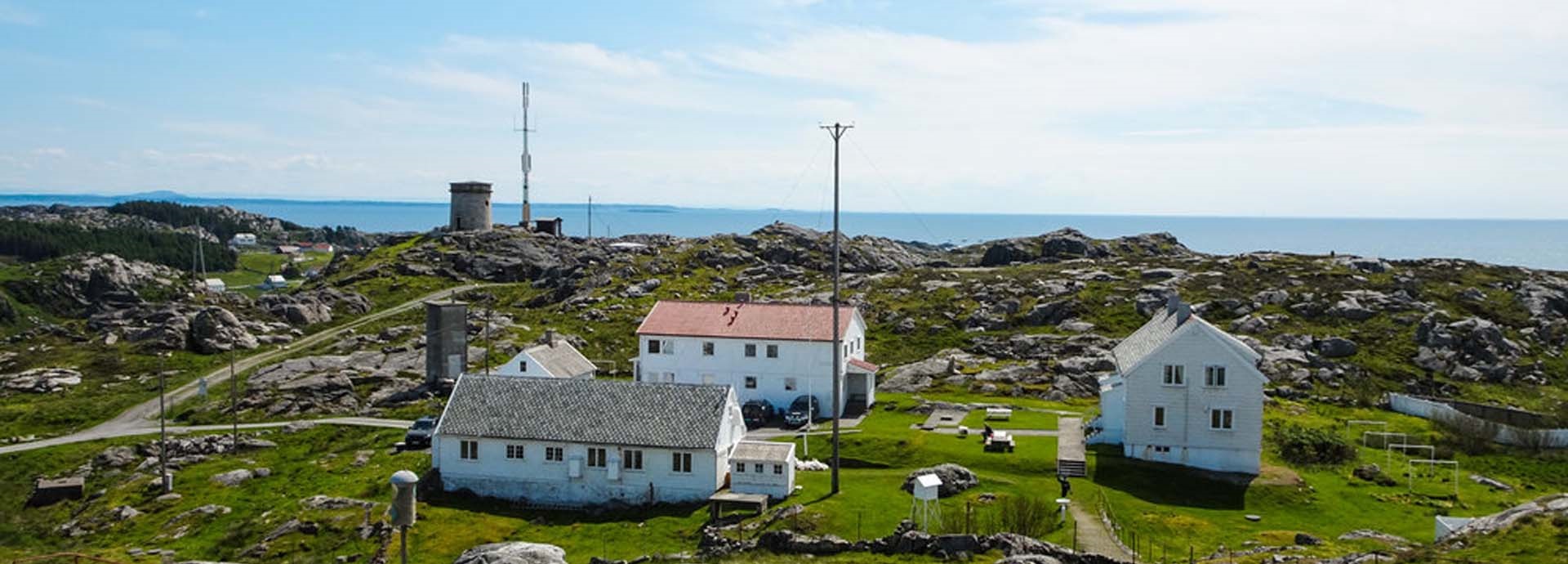

Sitting off Norway’s west coast in the North Sea, the island of Utsira may be small but it is set to play a big role in the development of new smart, sustainable energy solutions. Wärtsilä is using its extensive experience in energy management,
vessel electrification and systems integration to rebuild and upgrade an energy storage device-based power system that will sit at the heart of the island’s new sustainable, smart micro-power network.
Utsira’s diminutive size belies its status as a leading community in the drive to decarbonise energy production. The island, which lies 17 kilometres from the nearest mainland town of Haugesund, is Norway’s smallest municipality with a population
of just 200. A cluster of partners led by regional power company Haugaland Kraft is hard at work turning Utsira into a testbed for smart renewable energy generation, distribution, management and control in weak grids with high peak loads like fast
charging.
The island is connected to the mainland via an ageing underwater cable which secures its power supply. The cable has a capacity of just 1 MW, meaning the power demand on the island on cold winter days is close to the cable’s maximum
carrying capacity. Because replacing the cable is deemed too expensive, the island’s authorities have opted to deliver the additional capacity needed using a combination of renewable sources and energy storage.
Utsira’s two
wind turbines, each of which can generate 0.6 MW of power, are owned and operated by the company Solvind and can cover the entire island's power needs when conditions are right. Surplus power is sent to the mainland via the underwater cable. But with
future power demand set to rise, Utsira needed a new backup solution – one that matched Wärtsilä’s solutions, competences and experience perfectly.
The best things come in small packages
“The island community has more in common with a ship than a traditional onshore grid in that both need a smart micro-network with local production, consumption and storage in a balanced and controlled system,” says Ingve Sørfonn, Technology Manager, Wärtsilä Marine Power. “The fast-charging energy system, which was originally developed for electric ferries, will be used to support the grid and prepare the control system for smart power production from multiple sources.
- Ingve Sørfonn, Technology Manager, Wärtsilä Marine Power

The containerised installation has a capacity of 1.5 MW and comprises battery packs plus a power management and control system. It is now being repurposed and upgraded by a team of experts from Wärtsilä Norway ready for reinstallation on Utsira
during spring 2021. Once installed, the batteries will also act as a backup with enough power to meet the energy demands of the island’s business and households for 30 minutes on a cold winter day.
“The goal is to integrate
a number of different renewable sources, such as power from the wind turbines and, in the future, perhaps also power generated from offshore wind and using biowaste from fish farming and processing activities on the island,” says Sørfonn.
“This project combines our wide experience and expertise in developing smart zero-emissions and hybrid powertrain solutions for maritime vessels with our industry-leading system integration competences. When up and running this will be a great
example of a smart, sustainable power system.”
Future-proof upgrade lays clean-energy foundations for Utsira
Wärtsilä’s experts have been working to adjust and upgrade the existing control system in order to accommodate the integration of multiple power-generation sources. “It’s not simply a case of plugging everything back in again,”
says Sørfonn. “The wind turbines, the underwater cable and all the other energy sources have to be implemented as control functions in the upgraded system. In order to meet the high power demand for charging the electric ferry that will
be introduced in the future, the system must operate reliably regardless of the wind conditions or whether or not the cable is providing power,” he points out.
Wärtsilä is also responsible for ensuring all the correct standard
communication protocols are in place and properly tested to enable a reliable connection to the main control station on the mainland.
The modular system is designed to be easy to scale up and fine tune in line with future power demands
on the island, as is the case in the maritime environment. “Vessels are now being designed with future fuels and energy sources in mind in order to bring them in line with tougher emissions regulations. This is where Wärtsilä’s
expertise as a systems integrator comes into its own. We are bringing our knowledge and experience to this project to benefit the community of Utsira while also learning some very useful lessons that will help to support a decarbonised, zero-emissions
future for marine transport,” says Sørfonn.
Invaluable experience for the electrification of shipping
The vessels of the future will be powered by more than just a combustion engine, and several other sources – such as solar panels, sails and fuel cells – are already available. “Shore connections will be mandatory in many EU ports before
the end of the decade, and these require integration between the ship’s system and the onshore power grid,” highlights Sørfonn. “These connections will be used increasingly not just for auxiliary power but also for fast charging
of hybrid and eventually fully electric vessels. And when we talk about fast-charged vessels in the future, we will not just be talking about ferries and coastal cargo ships, but to some extent long-voyage vessels too,” he points out.
Whatever else the future brings for the maritime industry, green multifuels, energy storage systems and renewable sources are a certainty and will all need smart management and integration through intelligent onboard control systems. “The
electrification of shipping is coming, and Wärtsilä’s experiences on Utsira will be vital in helping us to continue developing the best possible solutions for our customers,” concludes Sørfonn.
Read more about
our journey to decarbonise shipping


